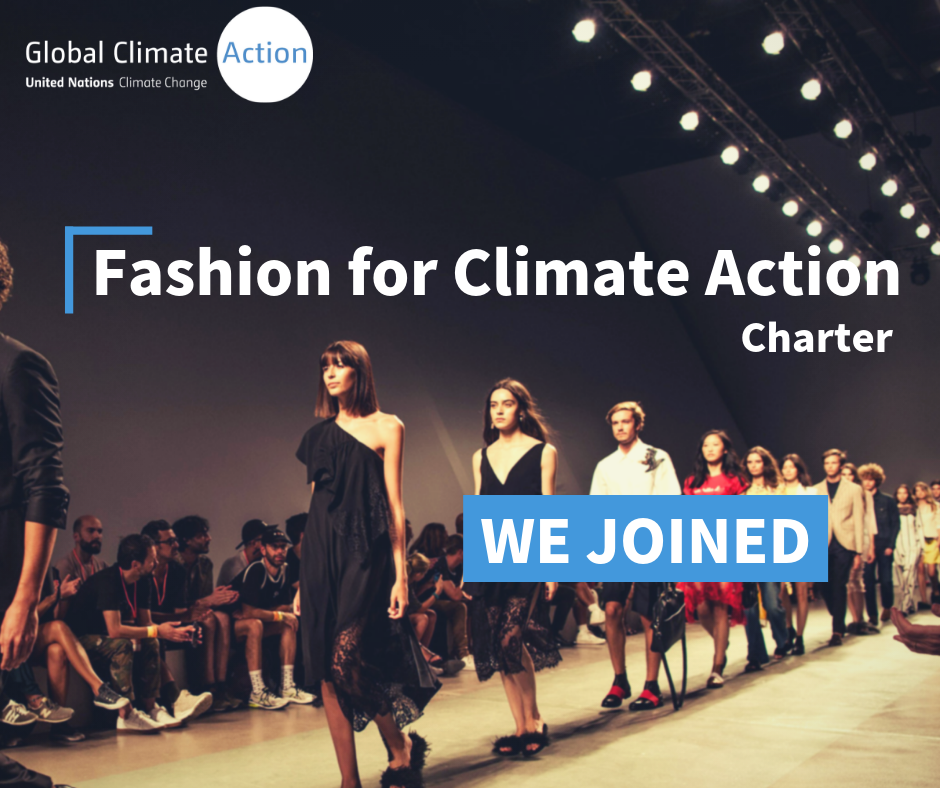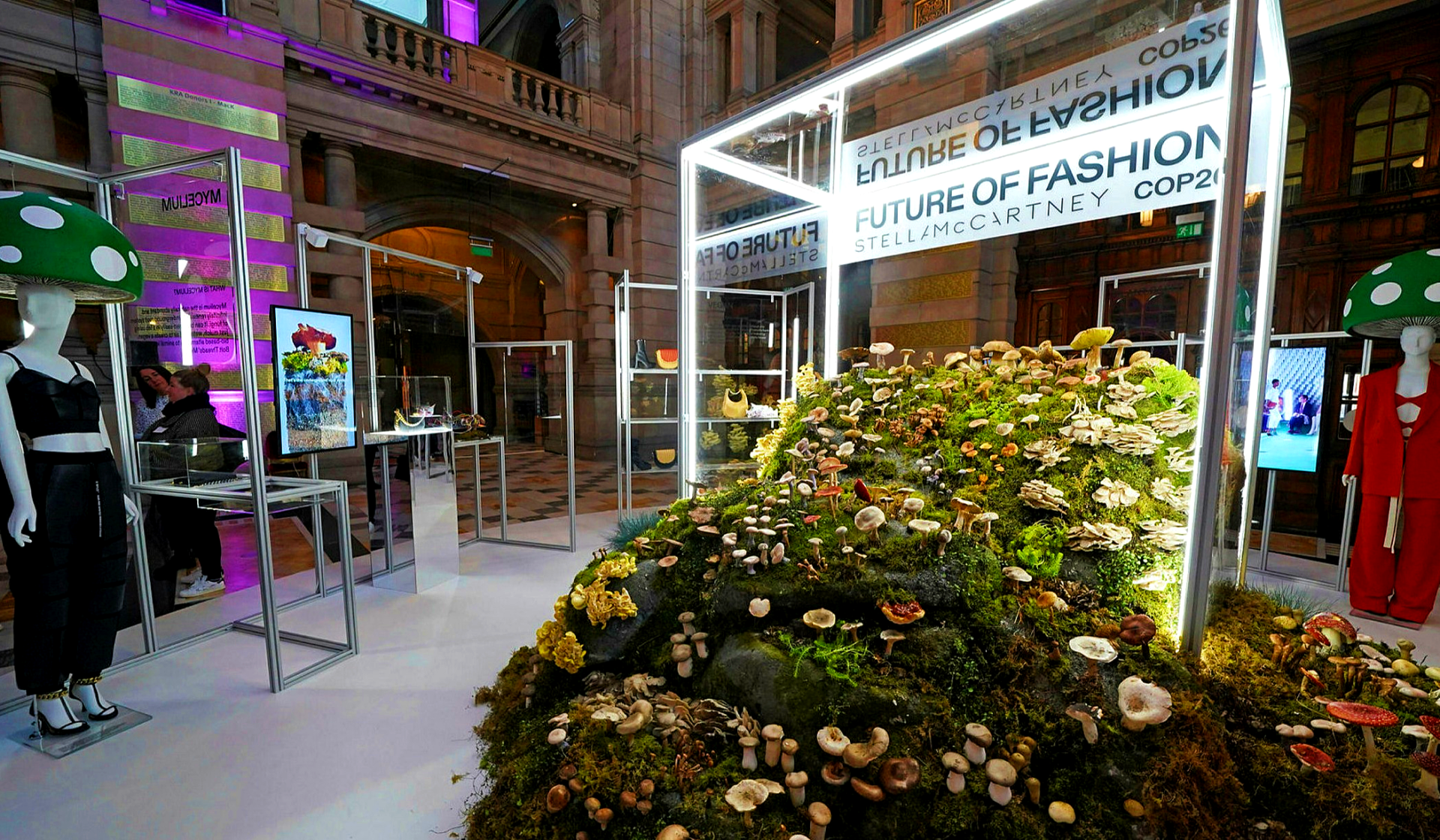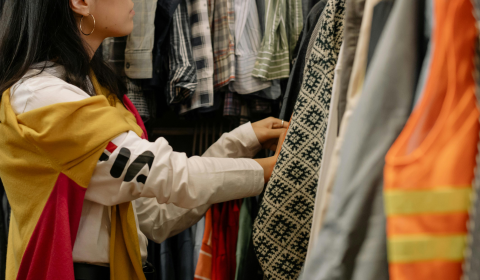Sustainability advocates have been urging world leaders to recognise the fashion industry’s role in resolving the climate crisis. Have their cries been heard?
Despite its significant contribution to the climate crisis, fashion has been surprisingly absent from the conversation at this year’s COP26 summit.
A quick comb through our daily live coverage of the event shows no mention of the world’s third most polluting industry whatsoever. For a sector that currently comprises 10% of humanity’s carbon emissions, it’s unusual that it hasn’t received much air time.
This isn’t to say that its eco-unfriendly practices haven’t been scrutinised, however. Sustainability advocates have urged world leaders to recognise fashion’s role in getting us out of this mess since day one.
Tamara Cincik (CEO of Fashion Roundtable), together with Fashion Revolution, Centre for Sustainable Fashion, Common Objective, Eco Age, and The Sustainable Angle, has penned an open letter demanding global governmental action to tackle this issue.
Faced with mounting pressure, brands are now expected to go beyond the general commitments they’ve made to date and take on more complicated yet crucial steps towards supply chain reform.
View this post on Instagram
It’ll be essential if the industry wants to prove recent data wrong, which claims that no well-known retailer or designer is even close to achieving a 1.5°C pathway, the goal scientists say is necessary if we’re to avoid a total catastrophe.
‘It’s all about setting higher ambition. That applies to apparel as well as every other sector,’ says lead on the Science Based Targets initiative, Cynthia Cummis.
‘Net zero commitments are great and everyone should have them, but they’re meaningless without near-term commitments.’
So, how is fashion forging a path forward and leaving greenwashing in the past?
The United Nations Fashion Industry Charter For Climate Action – originally launched in 2018 and signed by 130 companies – has promised to reduce emissions in line with the Paris Agreement, source 100% of electricity from renewable sources by 2030, and phase out coal from the supply chain during the next decade.

Nothing all that revolutionary if I’m being candid.
But if Cincik’s letter is anything to go by – highlighting the need for net zero emissions by no later than 2050, waste elimination, skills development to encourage children to make, repair, and reuse their clothes, and a business model shift away from profit and loss towards a well-being economy – hopefully this’ll be refuted in years to come.












:quality(70)/cloudfront-eu-central-1.images.arcpublishing.com/businessoffashion/ZX6IBVLRJBE4RCEEAQ3FTJCX5E.jpg)








